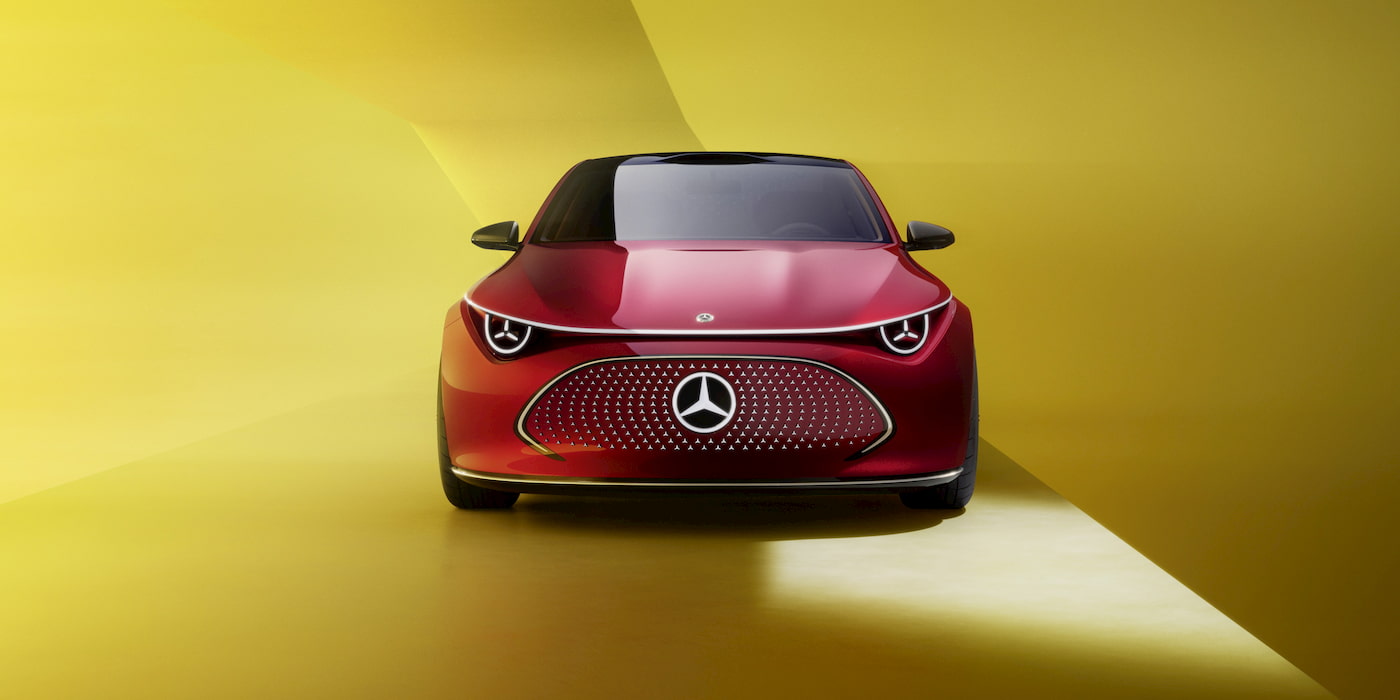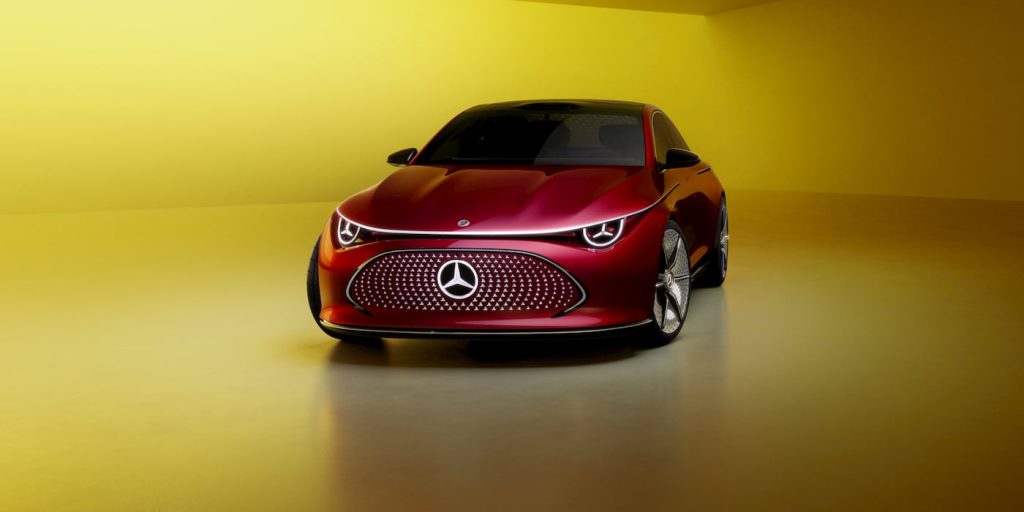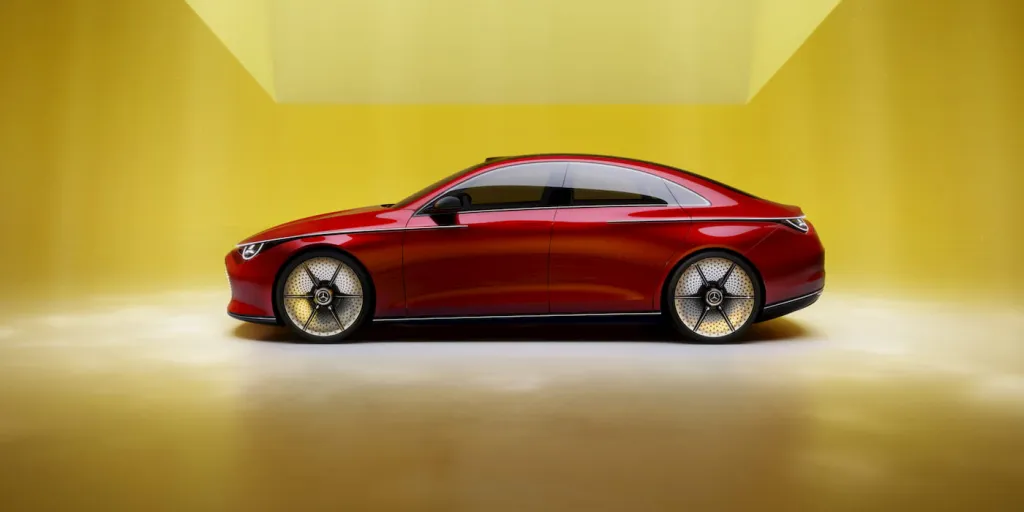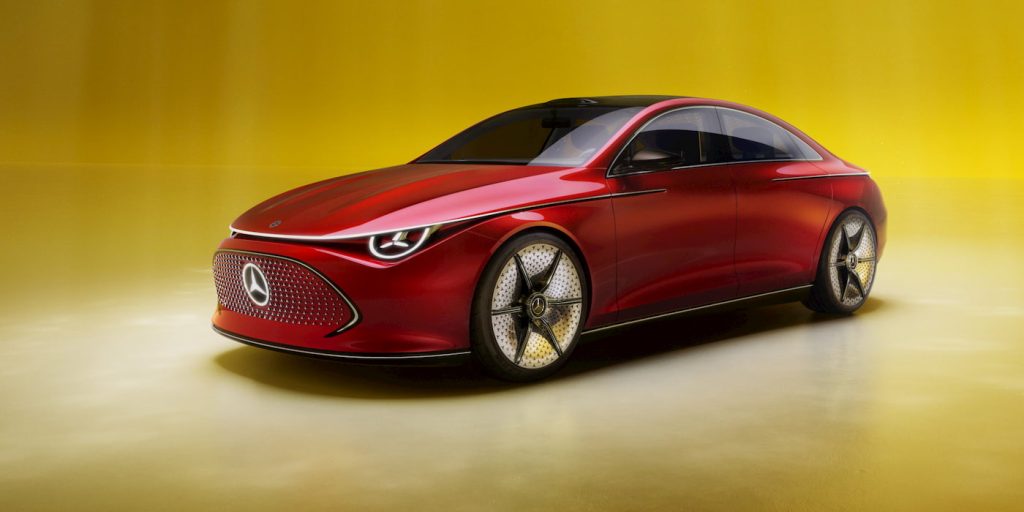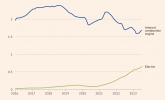We're talking about
exports, not domestic sales, which have stagnated. The export figures include cars manufactured by foreign companies in China, e.g. Tesla, Hyundai, Nissan, Ford.
In fact, China car sales peaked in 2017, resulting in massive overproduction and overcapacity since, both for ICE and EV. A lot of the excess EVs are rotting in graveyards, but they're not exported, so are not part of export figures.
The rest are exported mainly to developing markets in Europe and Asia, but increasingly companies like BYD are targeting developed markets, which are 5 years behind in EV technology. They have already surpassed Japan as the world's #1 exporter (surprising more ICE than EV) as of Q2, and experts expect them to maintain the lead for years.
* * *
China set to overtake Japan as world’s biggest car exporter
Foreign shipments boost industry as domestic carmakers struggle to sell at home
Edward White and
Song Jung-a in Seoul,
Leo Lewis in Tokyo and
Andy Lin in Hong Kong
SEPTEMBER 12 2023
https://www.ft.com/content/cdcb0d7e-3ec2-42bc-bfcc-9489290aa9ae
China is set to become the world’s biggest car exporter this year, overtaking Japan. The watershed moment will mark the end of decades of dominance by European, American, Japanese and South Korean groups.
Yet driving China’s global ascendancy are deep structural problems in the domestic auto industry, which threaten to upend car markets across the world.
A stark mismatch between production at Chinese factories and local demand has been caused, in part, by industry executives mis-forecasting three key trends: the rapid decline of internal combustion engine car sales, the explosion in popularity of electric vehicles and the declining need for privately owned vehicles as shared mobility booms among an increasingly urbanised Chinese population.
The result has been
“massive overcapacity” in the number of vehicles produced in factories across the country, said Bill Russo, former head of Chrysler in China and founder of advisory firm Automobility. “We have an overhang of 25mn units not being used,” he said.
Years of supportive industrial policy and private sector investment have boosted China’s competitiveness in the industry. Domestic manufacturers, including EV champion BYD, are now outselling foreign automakers and targeting overseas markets for growth.
China’s annual vehicle exports, which surpassed those of South Korea in 2021 and Germany in 2022, are now on track to beat Japan’s this year, according to Moody’s data.
However, sales volumes in China peaked in 2017, data from Automobility shows, in line with slowing growth in the country’s middle-class boom and wider economic weakness.
View attachment 189242
A chart showing monthly car exports, 12-month moving average, for China, Japan, Germany
and South Korea, highlighting that China poised to export more cars than Japan in 2023.
The overcapacity problem is hitting both local companies such as Chery, SAIC, BYD, Geely and Changan, and an increasing number of foreign groups. Companies including Tesla, Ford, Nissan and Hyundai are among those repositioning their Chinese factories towards export markets, analysts said.
As of the end of July, 2.8mn vehicles had been exported from China this year, including 1.8mn petrol-powered vehicles — up 74 per cent on the previous year — as more domestic consumers opt for EVs and second-hand cars.
Despite overcapacity and slowing sales growth, the expected wave of consolidation in China’s auto industry has not yet materialised, according to one senior western auto executive. This was partly because financial support from Chinese local governments and banks had helped keep unprofitable companies afloat, he said.
“You have some 100 manufacturers who put 80 to 100 models on the market every year . . . we have been expecting that consolidation to have taken place already, and it didn’t,” the executive said.
View attachment 189245
South Korea’s Hyundai is emblematic of the pain felt by legacy auto groups in China. Of the group’s four factories there, two are being used for exports and the other two are up for sale.
“But the thing is, where can it sell its cars made in China? It already has plants in India, Vietnam, Indonesia and Brazil,” said Lee Hang-koo, executive adviser at the Korea Automotive Technology Institute.
“Because of the low utilisation rates in China, its losses there have ballooned in recent years and it won’t be easy to make money out of exports as most of the cars produced there are gasoline cars,” he added.
Hyundai declined to give more details on its strategy in China.
Analysts expect China to hold its top position for years. According to forecasts by consultancy AlixPartners, overseas sales of cars produced by Chinese companies will hit 9mn by the end of the decade, pushing their global market share to 30 per cent in 2030, up from 16 per cent in 2022.
Chinese auto exports have mostly targeted developing markets in Europe and Asia, Automobility data shows, with sanctions-hit Russia the top destination this year. Geely’s Coolray crossover is one of the most popular models exported to Russia and sells for about Rbs1.4mn ($14,000).
The export wave is expected to intensify as Chinese EVs, which are significantly less expensive than rivals, gain a foothold, especially in Europe, said Yuqian Ding, a Beijing-based analyst with HSBC.
Tesla already exports electric cars from its Shanghai facility to Europe and about one-fifth of all EVs sold in Europe are manufactured in China.
View attachment 189244
BYD is spearheading China’s EV exports into developed markets. Following a recent briefing with BYD founder and chair Wang Chuanfu, Citi analysts said the company was “confident” of an export sales target of 400,000 units next year, double this year’s forecast.
The Warren Buffett-backed Tesla rival, which is also one of the world’s biggest battery makers, told the bank’s analysts that
the Chinese EV industry was three to five years ahead of foreign legacy automakers in terms of technology and scale, and as much as 10 years ahead in terms of cost advantage.
Still, analysts have warned that companies exporting from China must navigate worsening geopolitical tensions and limited brand recognition as well as rising protectionism and consumer nationalism.
“How long will the rest of the world tolerate massive imports from China, and will Chinese companies come under pressure to relocate production overseas?” asked Christopher Richter, autos analyst at CLSA.
Additional reporting by Gloria Li in Hong Kong and Peter Campbell in Munich


